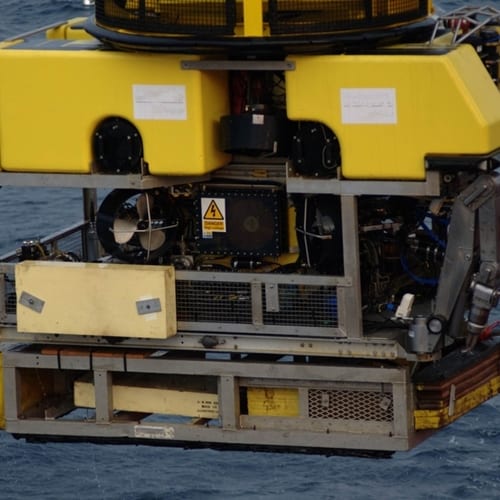What astronauts are to outer space, marine contractors are to the deep blue sea. Both seek out signs of life to learn and discover more about this planet we called home.
However, be it the far reaches of the atmosphere, to the depths of the ocean, much remains uncharted territory, simply because signs of life are too far to reach. But thanks to remotely operated vehicles, ROVs for short, science has made the previously unknowable discoverable, as evidenced by a team of researchers who scoured the Mariana Back-Arc for aquatic civilization.
Mariana Back-Arc deepest pocket of the earth
As reported by the Maritime Executive, a team of scientists late last year – aboard the research vessel Falkor – waded their way out deep into the Pacific Ocean in order to explore the Mariana Back-Arc. The trench, which is closer to South Asia than it is to the U.S. west coast, is perhaps best known for its volcanic crevices that plumb the depths of the earth, thousands of feet below the surface.
"SuBastian has the capability to reach several miles beneath the earth's surface."
At 4,000 meters – the equivalent of 13,000 feet – it's too dangerous for a team to physically go down and analyze the sprawling area, much of which remains unexplored. But thanks to the Falkor's ROV, affectionately known as SuBastian, researchers got an up close and personal look at a wide variety of species in December, as well as chimneys made up of sulfide material, Maritime Executive reported. Scientists describe these chimneys as the "conduit" that bridges the sea floor with what lies under the Earth's crust.
"We're trying to relate how the tectonic structure [of the earth] creates different biological habitat zones," explained David Butterfield, Ph.D., one of the team members who participated in the Mariana Back-Arc trek, hailing from the University of Washington.
First dive since 2015
This isn't the first time the Mariana Back-Arc has been combed to learn more about it. Many of the scientists that participated in this dive took part in the one that occurred in 2015, where evidence of lava flows were discovered and three new hydrothermal vents.
This time around, though, the SuBastian got a closer look at what life is like this far down from where more familiar animals roam.
"Microbes are the drivers of organic life here," the team wrote in a blog post at the Schmidt Ocean Institute's website. "Thousands of different bacteria and archaea live beneath the sea floor and in the venting fluids, converting these chemical flows into food for the vent animals and other microbes."
What's the long-term upshot of the expedition? Amanda Bates, Ph.D, a biologist who participated in the project and works as a lecturer at the National Oceanography Center at the University of Southampton, indicated that it may lead to a better understanding about the future of sea life, which is never constant.
"What we've learned from work that we've done in extreme environments might help us to understand what might be the traits for the species that are going to persist in a global ocean that is going to be changing markedly," Bates explained in a web video from the Schmidt Ocean Institute, available on YouTube.
Many of these discoveries wouldn't be possible without the assistance of ROVs. Fisk Marine Insurance International offers a suite of coverage services for maritime professionals, including ROVs that project managers employ to discover more about ocean life. Learn more about our product offerings by getting a free quote.

